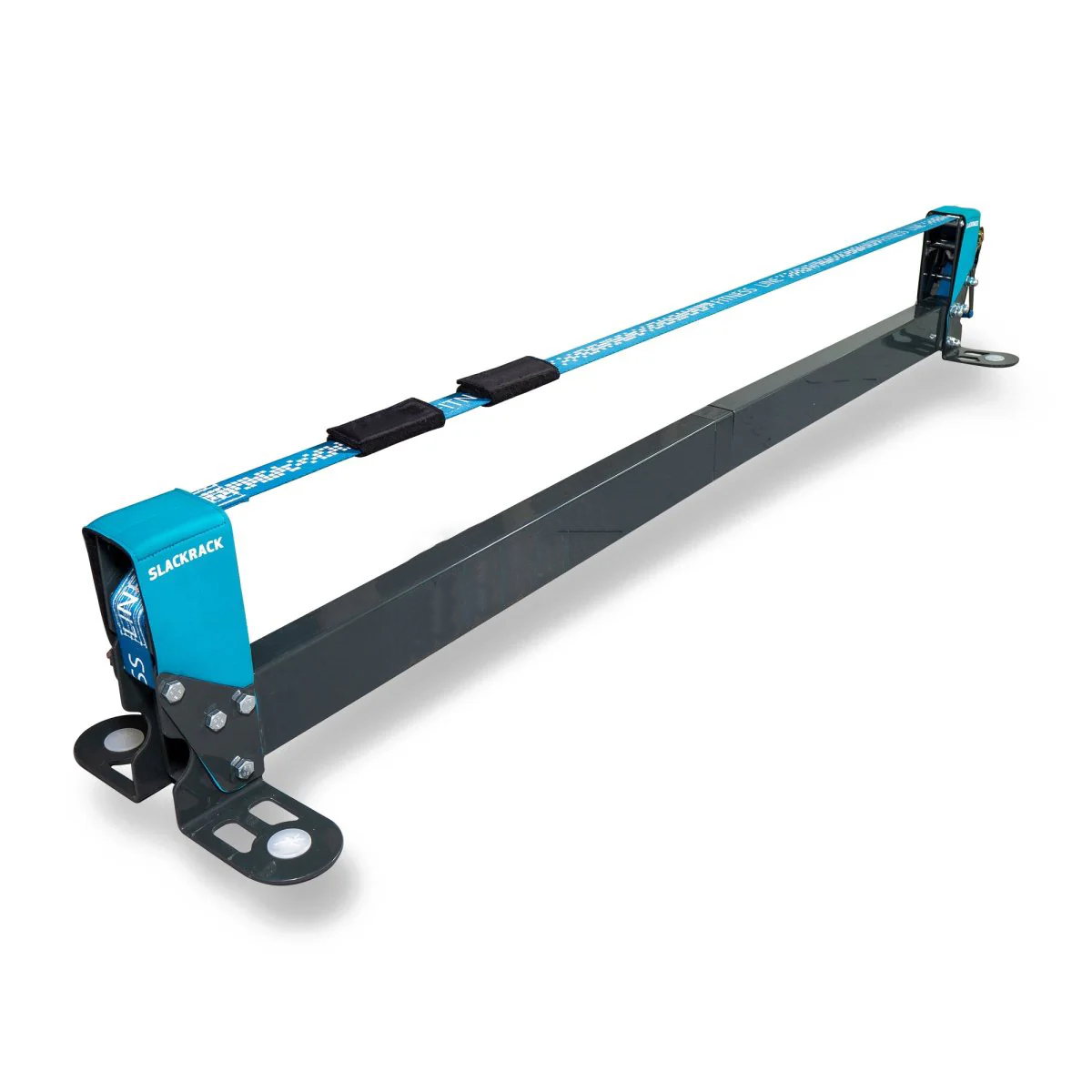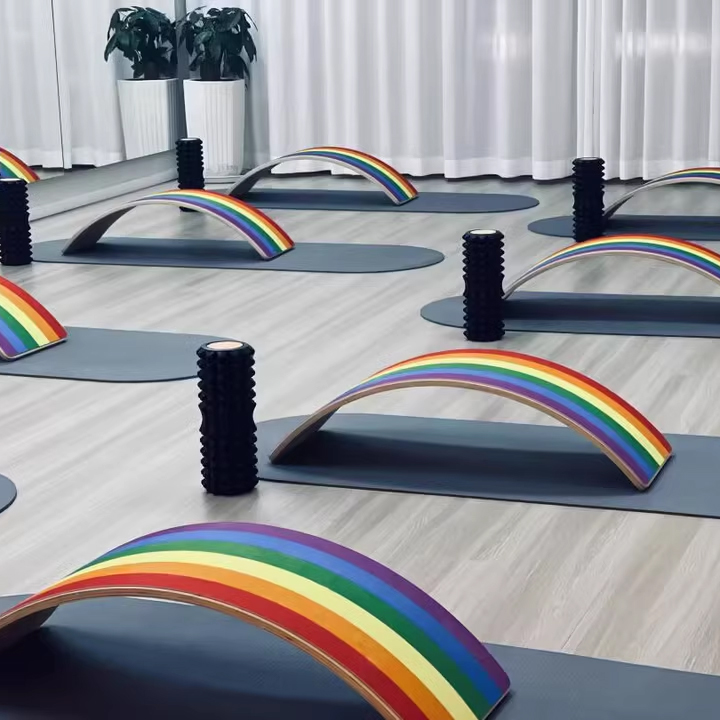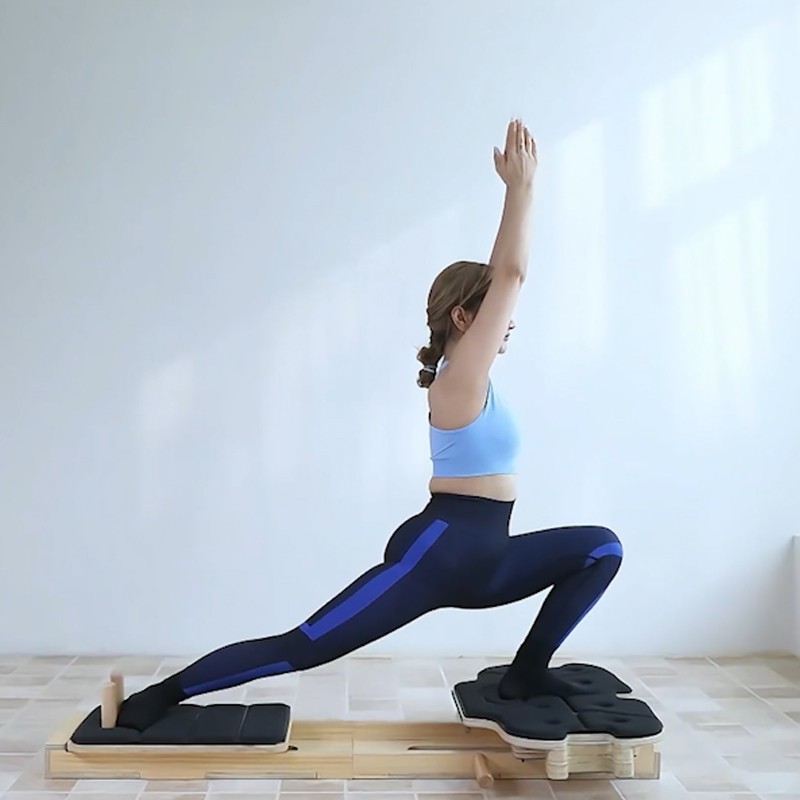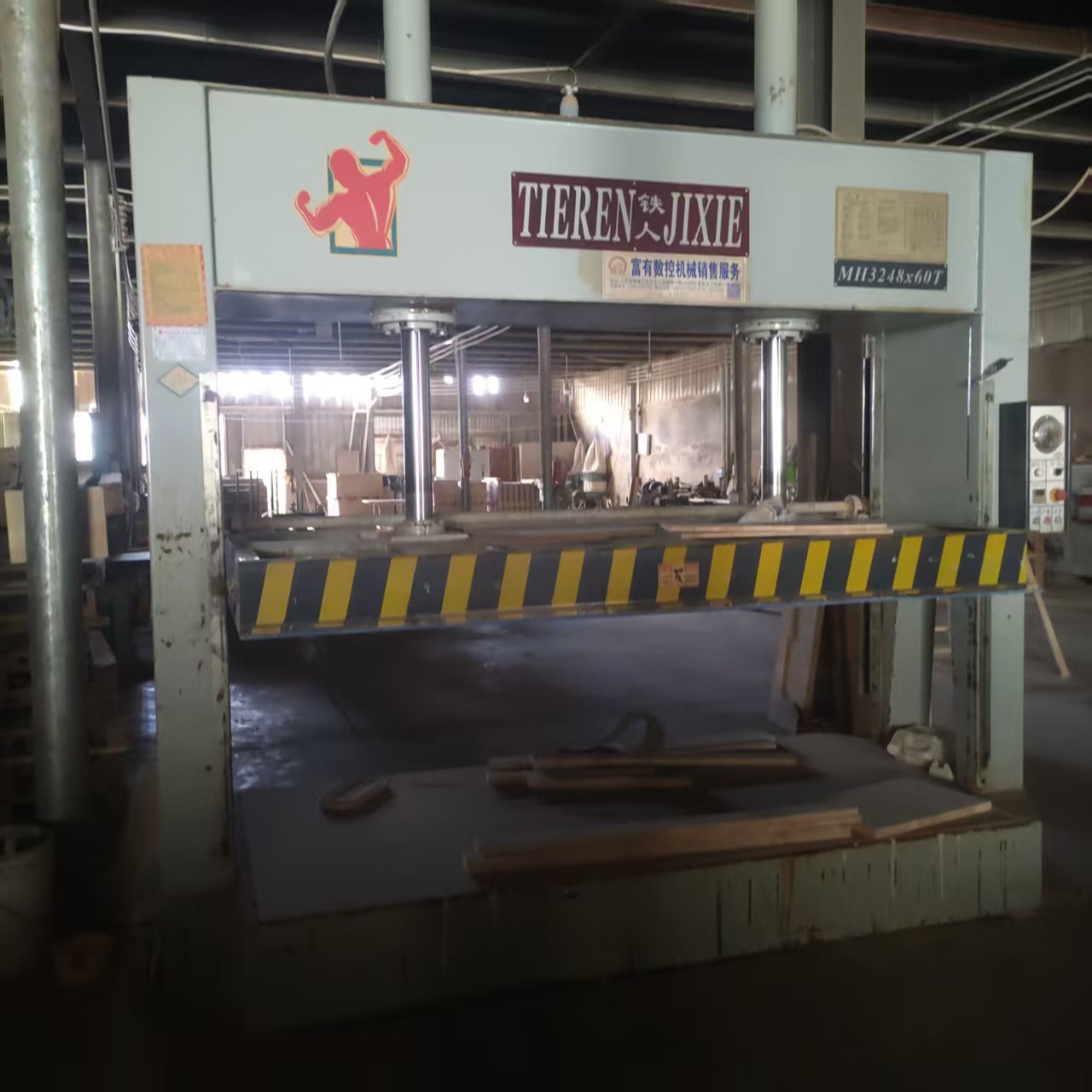First, the market size and growth momentum
Global scale
The global Pilates Reformer market size reached $740 million in 2024 and is expected to grow to $1.20 billion by 2032, with a compound annual growth rate (CAGR) of 6.210.
Rubberwood application: Rubberwood accounts for more than 30% of low-end household appliances, mainly because its cost is only 40%-50% of that of hard maple/walnut, and its sustainability is in line with environmental trends310.
Core growth drivers
Rising health awareness: Pilates users worldwide are growing at an average annual rate of 15%, and demand for home fitness is driving sales of compact devices for home use up by 610.
Material cost advantage: as a fast-growing timber (rotation period of 15-20 years), the price of rubber wood is stable at 2000-3000 yuan/m³, which is significantly lower than that of North American hard maple (8000 yuan/m³), and the price of the end product is reduced by 20%-305.
Environmental policy promotion: The EU EPR regulation requires recycled materials to account for ≥30%, and rubber wood has become the first choice for compliance due to the high penetration rate of FSC certification as high as 60%.
⚙️ 2. Material characteristics and process innovation
The core advantages of rubberwood
Features Compatibility with Pilates devices Limitations and solutions
Lightweight, low-density device weight reduction of 15% and increased portability Insufficient stiffness (Janka hardness of about 980 lbf) requires composite structural reinforcement3
Ease of processing Suitable for curved frame engraving, reducing production costs High sugar content is easy to be eaten by insects, and high temperature cooking and desugaring treatment is required3
Popularization of environmental protection certification FSC certification coverage rate of 60%, meeting European and American access standards It needs to be equipped with waterborne polyurethane coating to prevent moisture10
Process innovation direction
Composite structure design: rubberwood core layer carbon fiber edging (such as Shandong Fanyi Science and Technology Solution), compressive strength increased by 40%, cost reduced by 25%2.
Surface treatment technology: epoxy resin impregnation enhances water resistance, solves the problem of moisture absorption and deformation of rubber wood, and extends the life to more than 8 years5.
🌍 Third, the regional market structure
North America (35%)
Demand characteristics: preference for lightweight household equipment, rubberwood compact reformer (such as folding model) sales increased by 18% year-on-year.
Policy barriers: CBAM carbon tariffs increase import costs, and local brands (e.g., Balanced Body) adopt a “rubberwood local assembly” model to circumvent them10.
European market (30%)
High-end customization: German manufacturers (such as Gym80) combine rubberwood with medical-grade springs to position rehabilitation equipment, with a premium of 50Q0.
Sustainable certification: FSC-certified products account for 70% of the total, and rubberwood is favored for transparency in the supply chain10.
Asia-Pacific (fastest growing market, CAGR 8.5%)
Made in China: Ningjin County, Shandong Province accounts for 40% of the world’s production capacity (such as Fanyi Technology), and export orders will increase by 60% in Q1 2025, focusing on cost-effective rubberwood equipment2.
Consumption upgrade: The budget for China’s middle-class families to purchase household Pilates equipment has increased to 4,000-8,000 yuan, and rubberwood models account for 65 yuan in this price range.
🏆 Fourth, the competitive landscape and corporate strategy
Top enterprise dynamics
Enterprise core strategy Rubber wood product innovation point
Shandong Fanyi Technology Cost-leading, export-oriented, rubberwood, aviation aluminum alloy slide rails, weight reduction of 25%2
Zhejiang Yilian Health Training Equipment Bundle Sales Education-grade equipment is made of desugared rubber wood, which increases the anti-moth life by 3 times8
Balanced Body Localized Supply Chain Rubberwood frame Adjustable resistance system to fit into the home space10
Price tiering strategy
Economy (<$1000): all-rubber wood structure, accounting for 50% of the Asia-Pacific market;
Advanced ($1000-$2000): rubberwood core carbon fiber joint reinforcement, mainstream category in North America;
Commercial (>$3000): Hardwood hybrid construction, rubberwood for non-load-bearing parts only510.
⚠️ 5. Challenges and future trends
Core Challenges
Durability question: The hardness of rubber wood is 30% lower than that of hard maple, and the repair rate in commercial scenarios is as high as 12%, which requires process strengthening35.
Homogeneous competition: Chinese manufacturers’ low-price strategy (the price of similar products is only 60% of that in Europe and the United States) squeezes profit margins210.
Technological breakthrough direction
Intelligent integration: Implant sensors to monitor user posture (such as Fanyi Technology’s 2025 new product), and increase the premium ability by 15%2.
Bio-modification treatment: nano-scale tung oil impregnation technology to solve the problem of insect moths and increase hardness by 20%5.
Market Growth Opportunities
Rehabilitation medical track: The global demand for rehabilitation equipment has increased by 9% year-on-year, and the low-impact characteristics of rubber wood are suitable for postoperative training 610.
Penetration in emerging markets: The penetration rate of home fitness equipment in Southeast Asia is less than 5%, and the potential of cost-effective models of rubberwood is huge9.
📈 6. Forecast for the next five years (2025-2030)
Material share change: Rubberwood will rise from 30% to 45% in Pilates devices, replacing the mid-range hardwood market310.
Regional restructuring: China accounts for more than 50% of production capacity, and Southeast Asia has become a core supplier of rubberwood raw materials (Thailand and Indonesia account for 70% of global production)29.
Technology Convergence: AI Posture Correction Rubberwood devices will become the standard in the household market, and the scale of related products is expected to reach $2.2 billion by 2030.610
💎 Conclusion: Strategic recommendations
Short-term (1-3 years): give priority to the layout of rubberwood modification technology (such as nano coating) to solve the durability doubts;
Medium term (3-5 years): Set up an assembly plant in Southeast Asia to integrate rubberwood raw materials with low-cost manufacturing;
Long-term (more than 5 years): Bind rehabilitation medical IP, and promote rubberwood equipment to enter the procurement catalog of professional rehabilitation institutions.
Data support: Every 1% increase in the penetration rate of rubberwood Pilates devices in price-sensitive markets (such as Southeast Asia and Chinese mainland) can drive the global market size growth of $80 million








